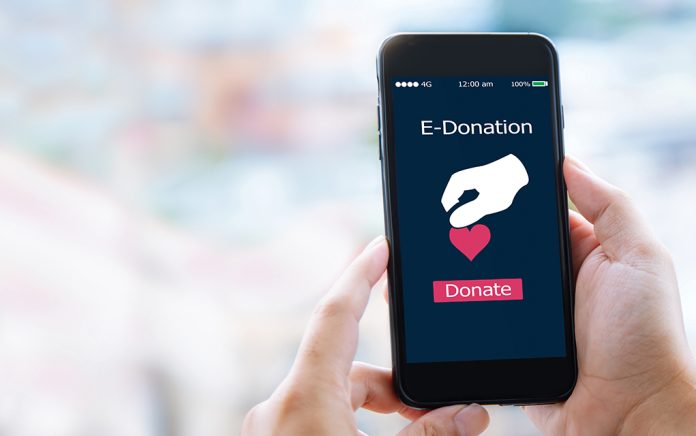When it comes to tithes and offerings, online giving is now the norm. It constituted 60% of total annual contributions to places of worship in 2023 according to Givelify’s 2024 Giving in Faith report. While digital giving platforms have revolutionized how churches receive support—offering convenience, accurate recordkeeping and increased giving—they also introduce new security challenges.
To keep online giving secure, houses of worship must safeguard digital donations and create a culture focused on cybersecurity awareness. Here are a couple suggestions that can help your church, no matter the size, get started.
1. Be Wary of Vulnerabilities.
Because many apps used for giving weren’t originally designed for churches, they may pose security challenges. Without strong checks and balances in place, financial teams could be at risk from bad actors who could steal data and potentially even donations.
Be sure to audit any platform you choose. Consider aspects such as the robustness of the log-in process, how credit card and banking information is stored (e.g., through a third-party vault service), and the onboarding and vetting process for a new organization. Consider what information the platform asks for, how diligent it is in verifying that information, and what donor or member data could potentially be exposed.
2. Become More Cybersecurity Conscious.
Building a strong security culture around online giving involves more than simply protecting financial transactions. It is the creation of a secure giving environment where members feel confident, leaders trust their platforms, and generosity thrives.
To help your church develop such a culture, consider taking these steps:
• Emphasize education. Cybersecurity basics may seem obvious, but not everyone understands essential practices like creating strong passwords, multifactor authentication or recognizing phishing attempts. To keep your congregation safe, offer internal training or guides using online resources and cybersecurity tools for your finance staff. You also could consider inviting cybersecurity experts or speakers to lead best practices sessions.
• Identify a cybersecurity champion. Appoint a dedicated IT or cybersecurity lead (or even a team) to provide ongoing guidance on digital safety, fraud awareness and best practices. They can serve as the go-to expert for staff. You also can start small and ask for volunteers on staff or from the congregation.
• Foster accountability and openness. Establish a culture where cybersecurity is everyone’s responsibility. Encourage open discussions with your team about potential threats and how to address them.
As places of worship embrace digital tools to advance their missions, cybersecurity must be an integral part of the ministry. It is both a technical necessity and a duty. By strengthening security and being proactive, churches can build a safe and thriving giving environment and continue their mission of faith, service and outreach for generations to come.

